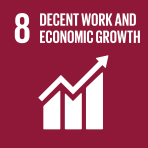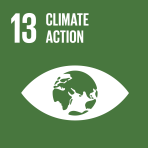Abstract
Climate change can have physical and economic impacts that affect core areas of central banking, including inflation and financial sector stability. Central banks, including those of LDCs, need to reevaluate their options in the light of the climate crisis and the global low-carbon transition. This policy brief outlines the ways central banks can identify policy tradeoffs and determine how to best incorporate climate-responsive policy and analytical tools in their operational frameworks. There is increased awareness of how climate change risks can have profound effects on financial sectors and other economic sectors. Two broad classes of climate risks can create financial stress: physical risks – arising from the direct and indirect consequences of climate-related events – and transition risks, associated with the shift towards a low-carbon economy. Examples of physical risks include increased frequency and intensity of extreme weather events, such as hurricanes and floods that damage assets and disrupt supply chains. Transition risks relate to regulatory changes, technological progress, and market shifts that impact the value of investments to which carbon-intensive industries are especially exposed.
- 02 февр. 2024



